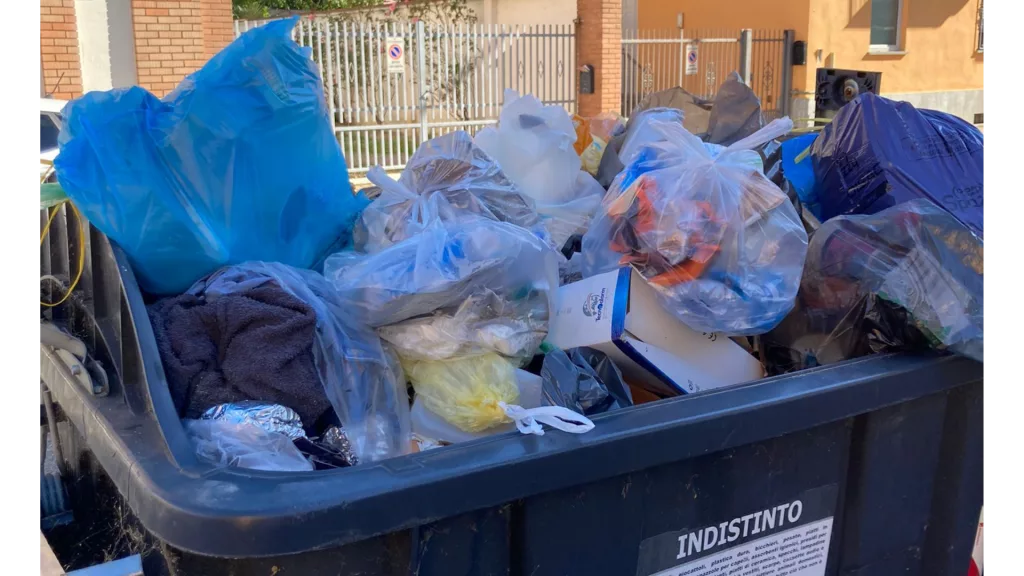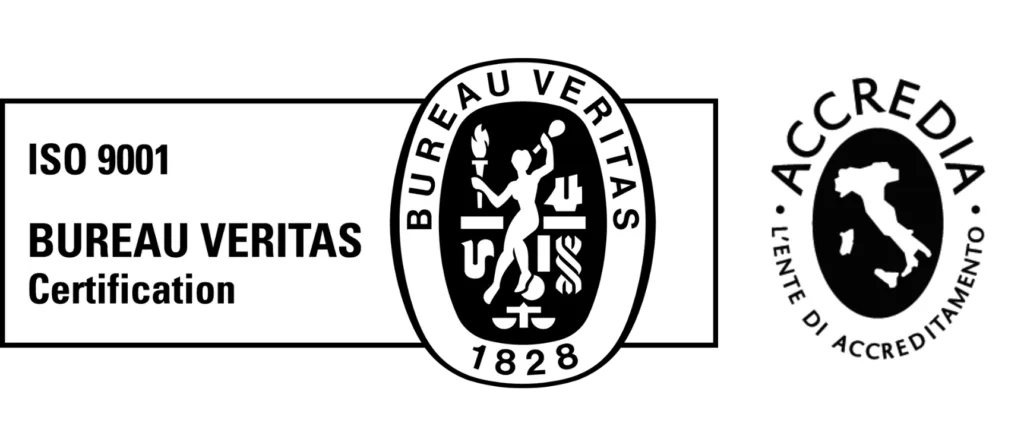In the debate on urban waste management, quantity alone is no longer enough. Achieving high recycling rates is important, but the real measure of success lies in the quality of waste collection.
A clean collection, free from contamination, allows for efficient recycling and reduces treatment costs. On the other hand, an “impure” collection, with incorrect or mixed materials, can compromise the entire system, increasing costs, inefficiencies, and risks of non-compliance with regulations.
Why the quality of urban waste collection matters
When collection meets high-quality standards, waste arrives at treatment plants ready for recycling. This reduces residuals, minimizes sorting needs, and speeds up processes. Materials also gain higher commercial value. Conversely, contaminated collection generates waste, higher costs, and inefficiencies across the entire waste management chain.
For waste collection companies, high quality means streamlined processes, better material recovery, and increased revenue. Regulatory risks are also reduced.
For municipalities, quality collection leads to lower costs, reduced environmental impact, and improved public services. It also supports the development of smart cities and circular economy models.
The quality of urban waste collection is also essential to comply with European and national regulations. Achieving recycling targets is not enough: collected fractions must be truly recyclable and free from impurities. For example, if organic waste contains plastics, metals, or glass, its value as a secondary raw material decreases.
Impact on waste collection companies
For companies managing waste, quality is synonymous with operational efficiency. Contaminated waste collection leads to:
- Longer processing times at plants and sorting facilities
- Reduced recyclable materials, resulting in economic loss
- Regulatory non-compliance risks and possible sanctions
Impact on municipalities
For municipalities, low-quality collection:
- Undermines sustainability and circular economy goals
- Increases waste disposal and management costs
- Reduces citizen trust and the effectiveness of awareness campaigns
What waste contamination means
Contamination occurs when different materials are incorrectly disposed of together. Plastic in organics, glass in mixed recyclables, or food waste in paper — each error compromises the overall quality of the process.
According to the Italian Composting Consortium (CIC), in 2023 the average purity of organic waste collected in Italy was 93.6%, with impurities at 6.4%. Although positive, this figure shows that contamination remains a real challenge, even in the most virtuous regions.
The consequences are tangible: more waste residues at plants, higher sorting and disposal costs, lower quality of recycled materials, and potential rejection from recycling consortia. Contaminated materials also lose economic value, reducing profitability across the supply chain.
Monitoring waste quality: a regulatory duty and a competitive advantage
The issue of waste quality is an integral part of both Italian and European legislative frameworks.
At the national level, Legislative Decree 152/2006 establishes that waste collection must promote recycling and material recovery. The UNI/PdR 123:2021 guideline, developed by UNI and CIC, defines methods to measure the quality of organic fractions intended for composting and anaerobic digestion, setting clear limits for non-compatible materials.
From a regulatory perspective, ARERA, through resolutions 15/2022/R/RIF and 450/2024/R/RIF, emphasized the importance of monitoring and improving waste collection quality as a key efficiency parameter of the service.
In summary, quality is no longer an added value, it is an operational, economic, and environmental obligation.
The Waste Quality Map: AI serving waste quality
To meet these needs, NANDO has developed the Waste Quality Map, a digital solution that enables real-time waste quality monitoring.
A waste collection truck equipped with AI cameras not only records the collected quantity but also analyzes the quality of each bin. Every emptying generates valuable data: artificial intelligence detects incorrect disposal, measures contamination levels, and produces territorial performance maps.
Thanks to these insights, municipalities and companies can identify critical areas, plan targeted improvement actions, and optimize routes and resources.

Today, municipalities and companies have the opportunity to transform waste management into a truly data-driven system. NANDO’s Waste Quality Map represents a concrete step in this direction.
And are you ready to improve the quality of waste collection in your area?
Don’t miss out: follow our LinkedIn page for the latest news.
Take the next step: speak with one of our Sustainability Experts.




